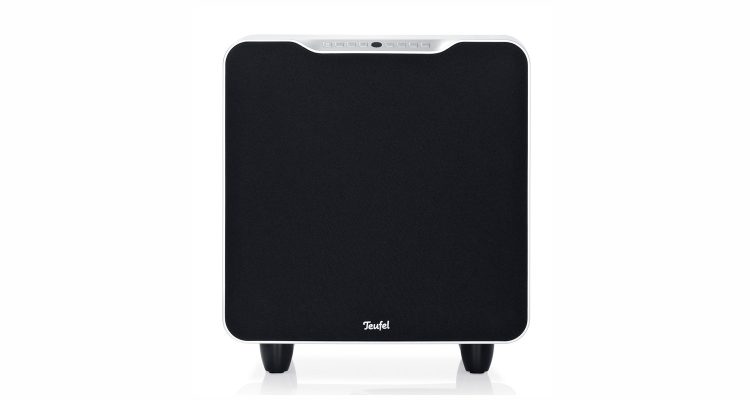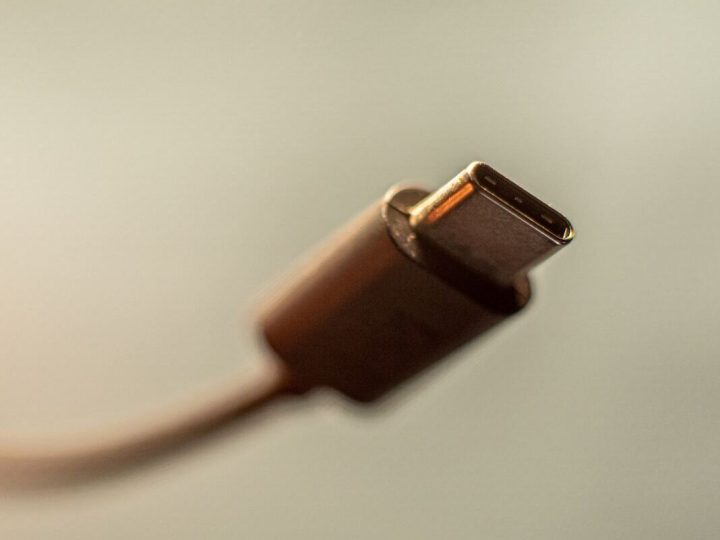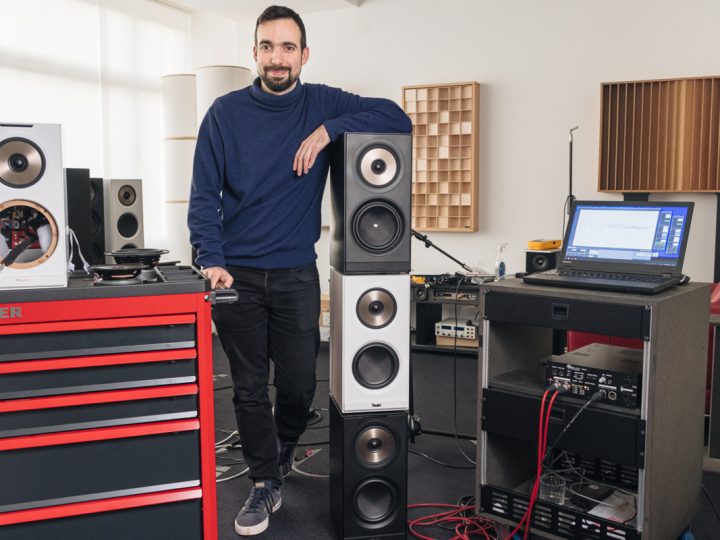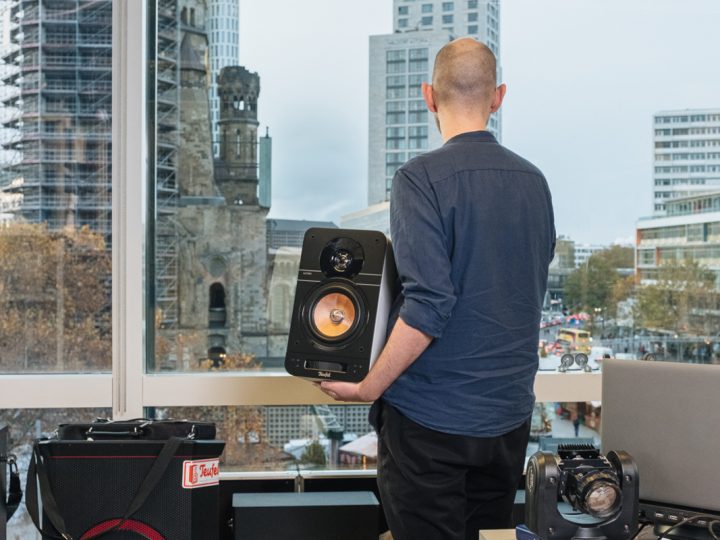A home cinema sound system cannot be considered truly good without excellent bass. The treble and midrange are, naturally, an important part of creating thrilling surround sound, but a powerful bass that’s punchy and never muddy sets the best apart from the rest. The bass is what gives home cinema its visceral element – that rumble you can feel in your chest, the sense of danger the sound of thunder can trigger in your nervous system. Good bass is also one of the most difficult aspects of audio playback to achieve for reasons we’ll examine in this post.
A brief history of subwoofers
Subwoofers are generally separate speakers that contain a single large woofer responsible for reproducing the extreme low end of the frequency range. The first subwoofers were developed in the late 1960s for use with home stereo systems and cost well over $1,000.
The commercial use of subwoofers in movie theaters didn’t commence until 1974’s disaster movie Earthquake. A so-called “Sensurround” system was specially developed for the movie and involved the use of multiple subwoofers placed around the theater that went all the way down to 17 Hz. At this low range – anything below 20 Hz, really – sound is not heard, but rather felt as a rumble. This effect was perfect for the movie, allowing it to juxtapose an ominous rumbling with the other distinct sound effects, generally people scrambling to save themselves from giant fissures that suddenly appeared in the earth and contributed to the popularity of the “disaster movie” genre in 1970s.
The era of cinema as a goose-bump inducing, edge-of-your seat, all-encompassing experience was born and movies would never be the same. The introduction of the LFE, or low frequency effects channel, by Dolby Stereo in the 1970s made subwoofers a permanent fixture of movie theaters and, since all movie soundtracks are generally mixed for theater use, meant that movie lovers would look for the same speaker arrangement in order to recreate the same sound on a smaller scale.
For a long time, however, subwoofers were prohibitively expensive for home use. Then, in the 90s, the price of subwoofers came down considerably, opening the door to their use with both hi-fi systems and home cinemas. The trend towards lower prices has continued to the present day with some subs going for under $100. These models will not, however, produce the sort of bone rattling sound necessary for a proper home cinema atmosphere. It’s still necessary to spend a bit more in order to experience truly involving cinema sound that can fill a room.
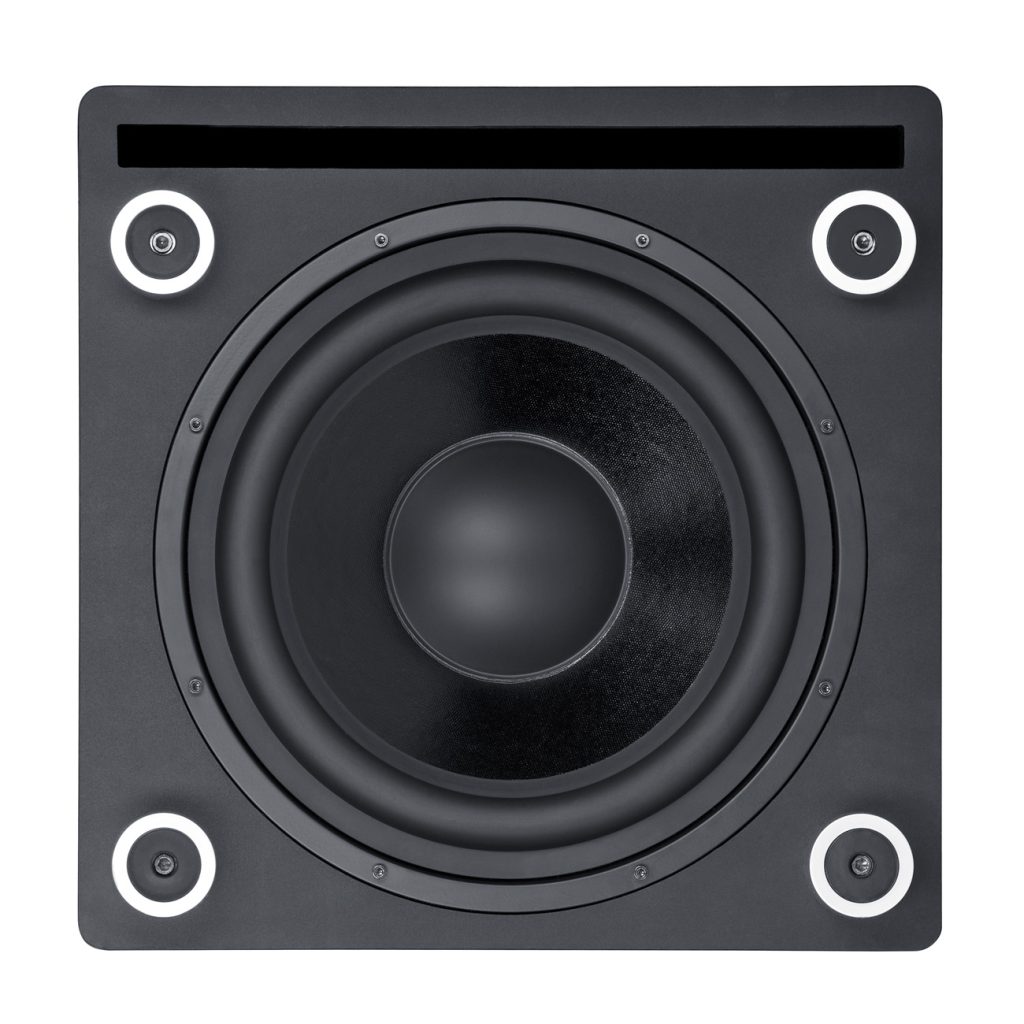
The challenge? To push a lot of air, accurately
Compared to other loudspeakers, subwoofers are easy to recognize because of their large, boxy shapes. Bass drivers, after all, are so much larger than tweeters and midrange drivers. That’s because more air needs to be pushed to create lower frequencies than higher frequencies. In addition to being larger, bass woofers need to have good excursion to create a powerful bass sound. Excursion refers to the ability of a driver (also called “woofers”) to move back and forth. Most technical descriptions of subwoofers refer to excursion or may describe the woofer as being “long throw.” A long throw driver can compensate for smaller overall membrane size, thus allowing manufacturers to produce smaller subwoofers that are still capable of producing extremely powerful bass. In addition, and as with all drivers, the material from which the cone is made is very important to the driver’s transient response, or the ability to start and stop where the audio signal dictates. A good transient response can spell the difference between a droning bass and the precise reproduction of engine sounds and the roar of falling water.
The importance of subwoofer enclosures
Uniquely with subwoofers, the enclosure also plays an active role in creating the sound. This is because of something called the Helmholtz resonance. Just as when you blow air into a bottle neck, a vented subwoofer enclosure will channel the air pressure created by the back side of the driver in such a way as to produce a low tone that reinforces the overall bass sound. And just as it’s possible to tune a bottle to create a different pitch by either decreasing the volume of air in the chamber by filling it with air or the diameter of the neck of the bottle by covering part of it, bass reflex vents can be tuned to create a frequency response that matches that of the subwoofer.
A well-tuned bass reflex enclosure will enhance the bass frequencies produced by the driver for a powerful bass that would not be possible from a normal enclosure. As wonderful as the principle of a bass reflex enclosure sounds in theory, it can be tricky to implement in praxis. For one thing, “chuffing,” also known as “wind noise,” can be produced by the port openings. This is especially likely to occur at high levels with the air around the vent opening is moving very quickly. The resulting turbulence can disrupt the sound and really take away from the enjoyment of movies, gaming and music. That’s why Teufel developed its proprietary Air Stream Bass technology to allow air to flow in and out of the vent at high speeds without resulting in any disrupting wind noise.
Setting the correct crossover frequency for a harmonious sound
Another thing that can result in a less-than-ideal sound image with surround systems that include subwoofers is a frequency gab between the satellite speakers and the subwoofer. This is often the case with systems that have been cobbled together from separate components, especially if one has not taken care to set the crossover settings. The “crossover” simply refers to where the lowest frequencies emitted by the satellite speakers cross over to the highest frequencies of the subwoofer. If this is not properly configured, the sound will not be well blended. Also, if the crossover frequency is set too high, the midrange or midbass drivers in the satellites will have to work to hard to push the air, leading to distortion.
It is possible to set this frequency crossover range oneself, but the purchase of an all-in-one surround system will ensure that the listener does not notice a transition from the satellites to the subwoofer. Pure, immersive sound will be the result.
Coda: Subwoofers are necessary home cinema components
In conclusion, it’s easy to see why subwoofers are the key ingredient when it comes to creating amazing home cinema sound. Logically, if subwoofer technology were easy to master, there would be many more companies offering surround sound systems. As we have seen, however, many aspects of subwoofer design make this particular type of loudspeaker incredibly difficult to both execute and to integrate as part of a system. That’s why it’s usually best to purchase a home cinema system from a company with extensive subwoofer experience.
